BOISE (Day 5 - part 4)
More wacky and entertaining artwork along Freak Alley...
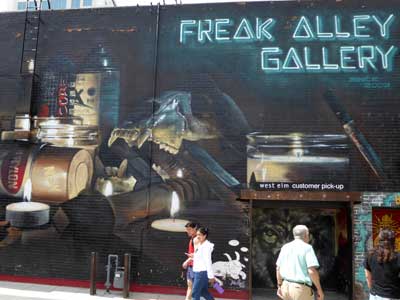











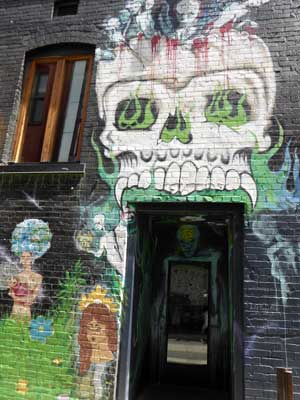




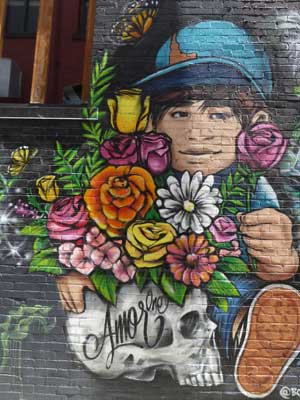

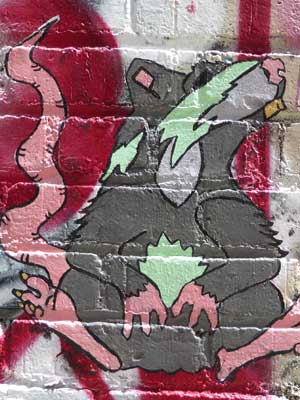
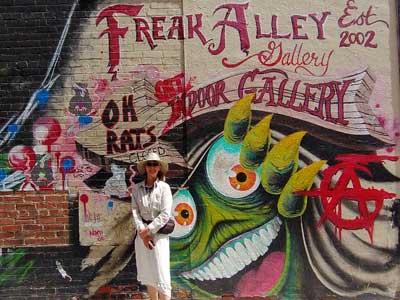



Back out among the downtown streets
Next we found ourselves at the Anne Frank Human Rights Memorial. Dedicated in 2002, it was built as an educational park focused on the concept of human rights.
Annelies Marie Frank (1929 - 1945) was a German-born Jewish girl who lived in Amsterdam. During the German occupation of the Netherlands in World War II, she and with her family were forced in concealed rooms behind a bookcase. She kept a diary from 1942 - 44 of her daily life until they were discovered. Anne and her sister were sent to a concentration camp where they both died a few months later.




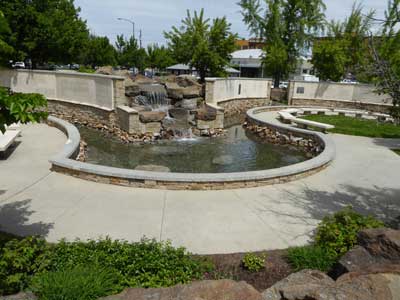



Anne peeks out a window...
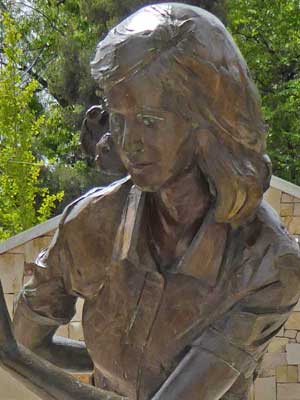

... with her diary behind her back


We crossed over the adjoining Ninth Street Bridge and into the Boise River Greenbelt, a greenway that extends more than 20 miles. The idea was first presented in 1962, to give people access to the river.


The Ninth Street Bridge ... The Boise River with a view of Capitol Bridge
When Boise was founded, the river here was 600 feet wide at high water (which has since changed due to reclamation projects). The main road (which connected Boise to the Oregon Trail) crossed here, at this treacherous ford. So in 1864, John McClellan started a ferry service.
Ferries were flatboats guided by a cable anchored to both banks. By changing the angle of the boat in the river (by adjusting the sweep or rudder), the river current would push to boat along. For docking, horses were used to pull the ferry free from the current.
The ferry service ended in 1868 when a toll bridge was built. Eventually it was sold to the city and is now the bridge we had just crossed over.
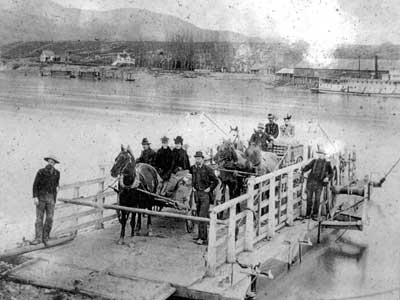
Prices: wagon and livestock $1; man and horse 50 cents; heavy wagon $2.25; hog or sheep 5 cents each
We walked along the greenbelt a short ways to the next bridge, which was Capitol Bridge (or the Oregon Trail Memorial Bridge).


Along the greenbelt ... The obvious reason for its name
\
Built in 1931, it is one of Idaho's finest examples of concrete bridge construction. 100 men worked 16-hour days, 7 days a week to finish the bridge's piers before the river's seasonal rising water levels would interfere with construction.


Honoring the pioneers of the Oregon Trail


Feeling the need for a break, we grabbed lunch at Diablo & Sons Saloon.




return • continue

